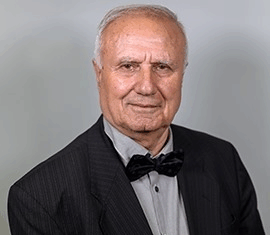YEREVAN — Less than half of working age women in Armenia participate in the labor force mainly due to caregiving responsibilities for children and disabled family members. Those who do earn on average, from 25 to 30 percent less than their male counterparts engaged in the same work, according to a new report released on October 16 by the World Bank.
The study, titled “Armenia Country Gender Assessment,” also found that women’s low level of participation in the labor market comes despite the fact that 68 percent of women are pursuing tertiary education, compared to 52 percent of men, and proposes actionable policy recommendations to drive systemic change.
“Armenia is foregoing important growth dividends by not encouraging more women to join the labor force,” said Carolin Geginat, World Bank Country Manager for Armenia. “Achieving gender parity in labor force participation alone could increase Armenia’s level of GDP by 4 to 6 percent. Ensuring equal wages should be an essential part of a strategy that encourages women to enter the workforce. Today, women are paid only around 70 percent of the hourly wage paid to a man in the same occupation.”
The report also highlights that men’s enrollment in higher education remains stagnant at around 44 percent (in contrast to 65 percent for women). Men are also affected by higher mortality. Despite potential economic gains from women’s participation in decision-making roles, women are still underrepresented, including in roles such as ministers, deputy ministers and community heads. While women currently make up 35.5 percent of the National Assembly, still only 17 percent among ministers and 18 percent of deputy ministers are women.
Considering the higher educational achievements of women, labor market trends for women are likely influenced by social beliefs around gender roles rather than actual skills. Although the share of women in science, technology, engineering and mathematics (STEM) fields has grown over time, women are still concentrated in traditionally lower-paid sectors such as education and social work, while men dominate fields like engineering and technology.
The report also highlights that gender-based violence persists as a serious and underreported issue in Armenia. For example, 18 percent of partnered women aged 15-59 suffered from domestic violence in their lifetime.









